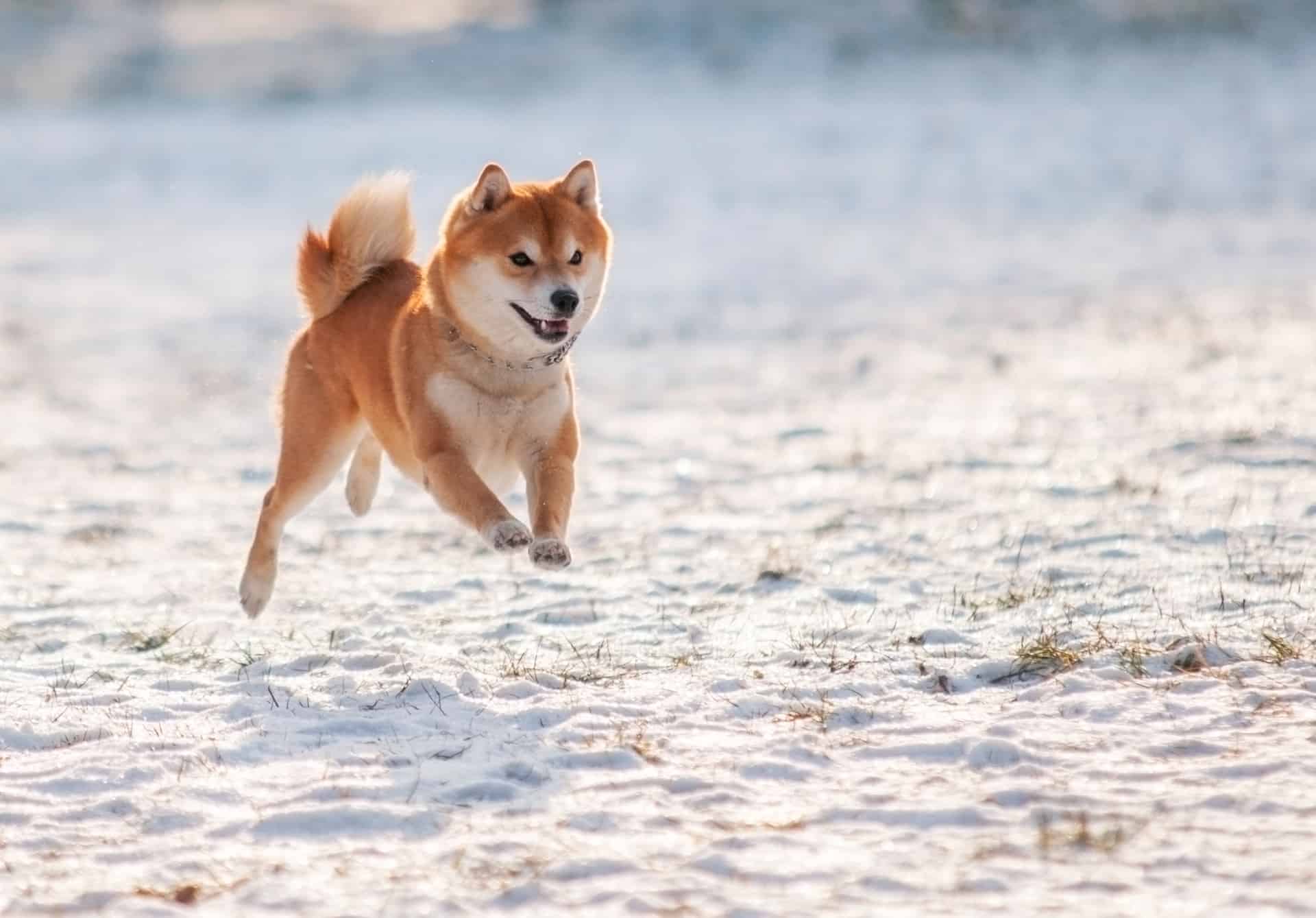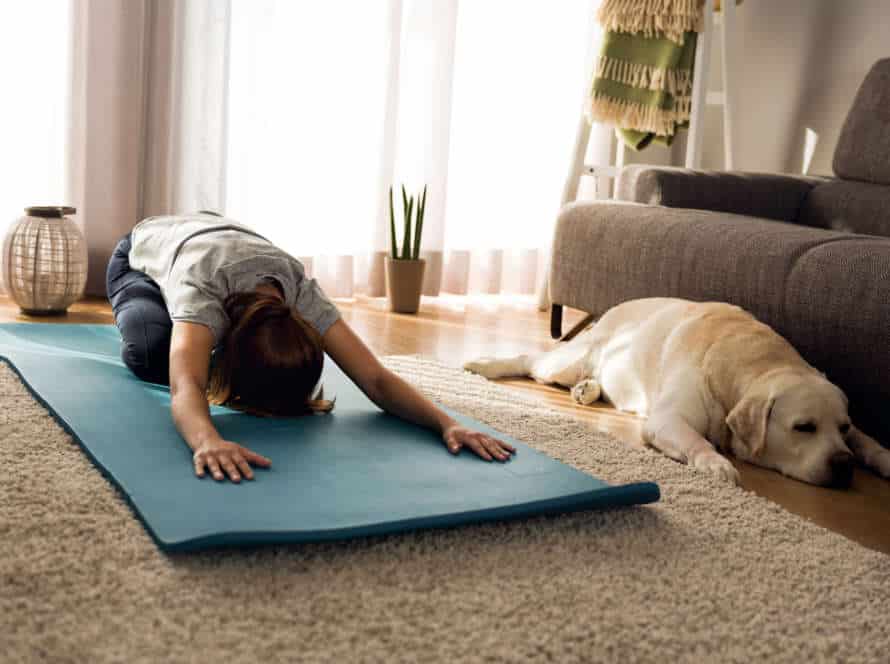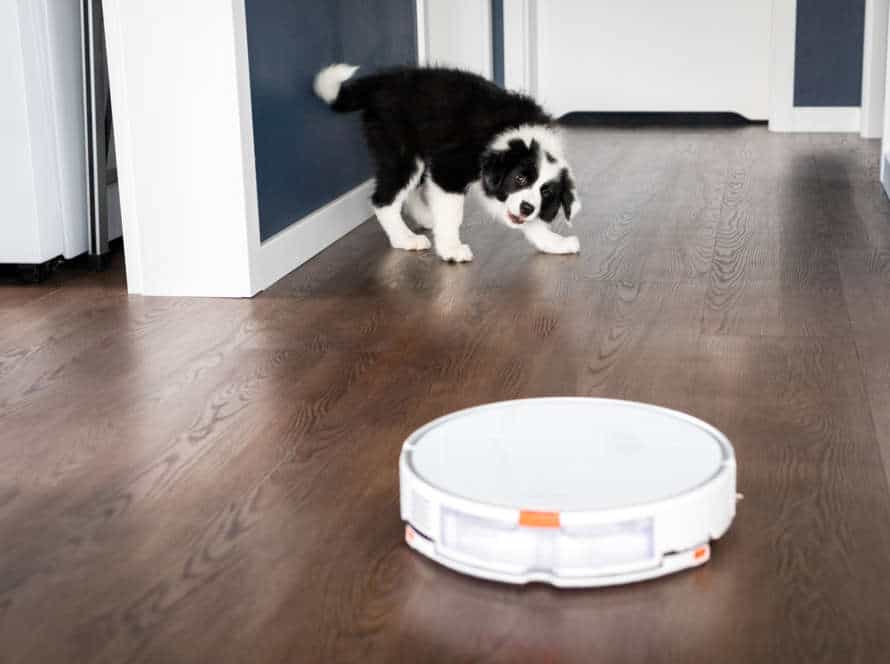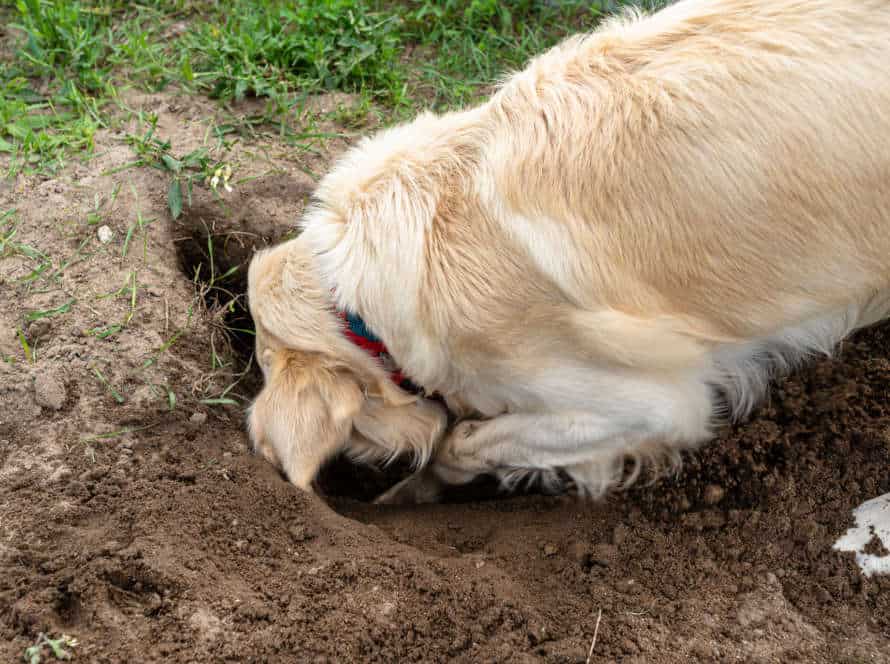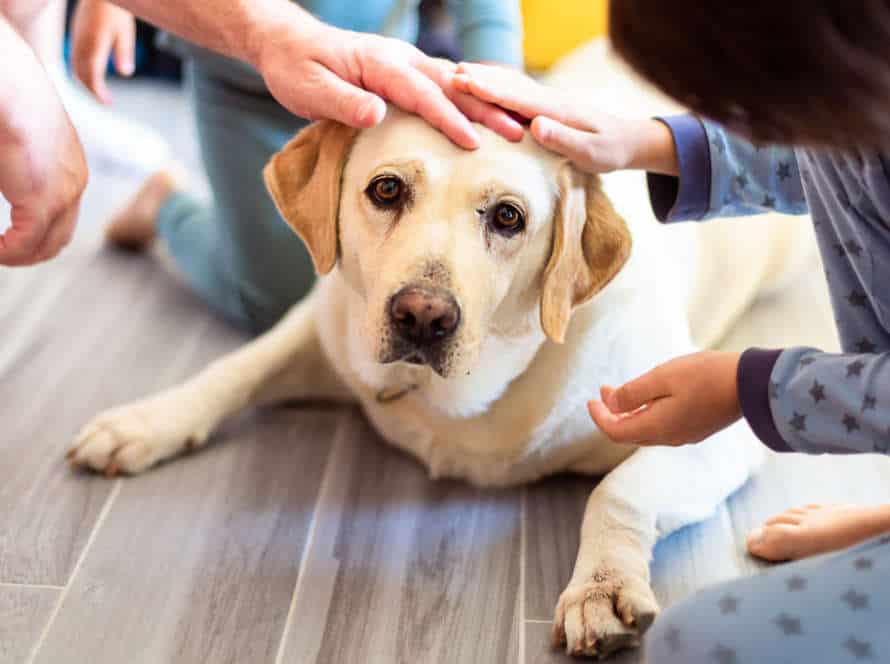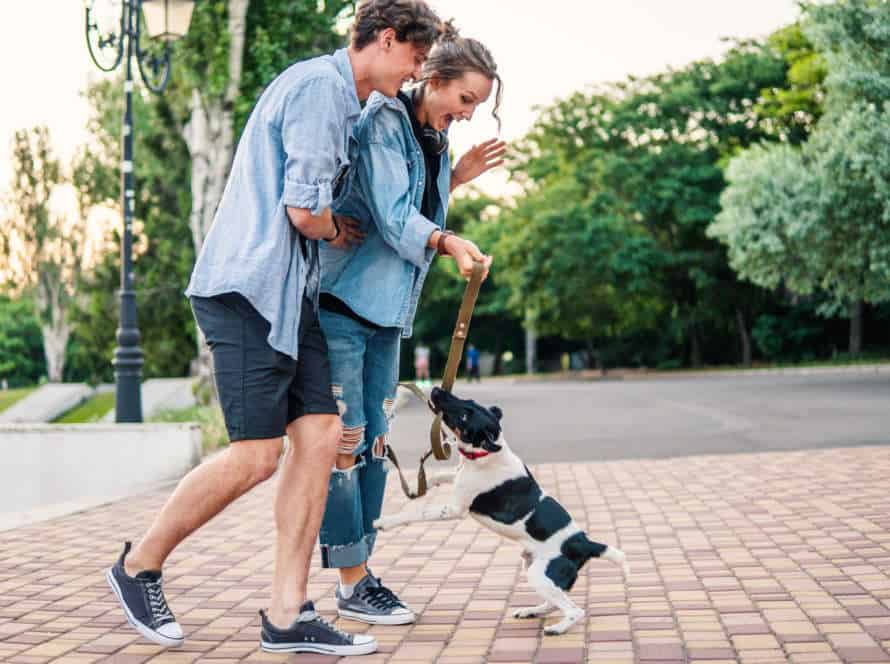When to Seek Professional Help for Jumping Issues
It’s vital to get professional help for your pup’s jumping if it gets too much, dangerous, or hard to manage. This might show an underlying behavioral problem, like stress or lack of training. Get help from a dog trainer or behaviorist right away if your dog’s jumping is a safety threat. It might be caused by medical troubles, such as pain, so a vet should examine your pup.
Getting help ensures your pup and others are safe, and helps you find successful management and training methods. Pro Tip: Use positive reinforcement techniques and be consistent to reduce the jumping and teach acceptable behavior.
Understanding Typical Jumping Behavior in Dogs
Dogs jump for many reasons – excitement or wanting attention. But when does this become a problem? Knowing your dog’s usual jumping can help you decide when to get help to reduce it. Here are common signs that suggest a more serious issue:
How high is too high?
Dogs love jumping – it’s natural! But, if it gets too much, there could be an issue. It’s good to understand the normal jumping so you know when it’s a problem.
Jumping on people and objects is usually alright. But, if it’s dangerous or destructive, it’s time to take action. Jumping on kids, elderly, or those with mobility issues can lead to accidents. If a dog jumps over high objects, it could be a sign of anxiety, boredom, or lack of training – professional help is needed.
Pro Tip: Be consistent when training and use positive reinforcement to stop excessive jumping. If it’s unmanageable, seek professional help.
Are certain breeds more prone to jumping?
Certain breeds of dogs are more likely to jump than others. It depends on factors like age, size, temperament, and training. Border Collies, Labrador Retrievers, and Jack Russell Terriers are known for their high energy and athleticism.
Jumping can also be a sign of anxiety, fear, or wanting attention. If not treated, it can lead to injuries or aggression. If your dog’s jumping is too much or a problem, a professional dog trainer or vet can help modify the behavior and improve your dog’s wellbeing.
When is jumping considered a problem?
Jumping can be a problem when it’s not wanted and could be dangerous. Dogs do it naturally, but too much of it is bad. It’s key to know when the jumping becomes a problem. If your dog jumps when people come in, that’s okay to some degree, but if they jump too much or jump on vulnerable people, then it’s an issue.
You need to get help if the basic techniques like ignoring the behavior or rewarding good behavior don’t work. A professional dog trainer or behaviorist can assist you in understanding your dog and making a plan to stop the jumping.
Pro Tip- Don’t punish your dog for jumping because it can lead to fear, anxiety, or aggression.
Potential Causes of Unwanted Jumping Behavior
Dogs usually jump, but it can be a problem if it happens too much or is too intense. Reasons for a dog to jump could be anything from excitement to needing attention. In this article, we’ll look into why dogs might jump and when to get help from a professional.
Lack of exercise
Exercise may be one reason why dogs jump. They might use jumping to release energy or gain attention if they don’t get enough physical activity. To address this, here are some tips:
- Ensure your pup gets enough exercise for their breed and size. Some require more than others.
- Get toys that challenge their minds and provide physical activity.
- Train your pup using obedience to teach good behavior and discourage jumping.
- If the behavior persists despite training and exercise, seek help from a certified trainer or behaviorist. They can figure out the cause and give tailored solutions.
Attention-seeking behavior
Dogs can have attention-seeking behavior, such as jumping. It’s important to know why they jump before trying to fix it. Here are some causes:
- Lack of training, or too inconsistent with it.
- Fear or anxiety. They may want to be comforted.
- Overexcitement. Maybe they need more exercise or mental stimulation.
- Seeking attention. They may be reinforced when owners do so.
If jumping continues, get help from a certified dog trainer or vet.
Pro Tip: Be consistent with training. Establish boundaries and reward good behaviors to stop attention-seeking.
Fear or anxiety
Fear and anxiety may cause your pooch to jump. Tail tucking, yawning, or crouching often come with it. Jumping can happen when a pup wants something they can’t have or is feeling nervy.
Attention-seeking, little training, or just excitement can also cause unwanted jumping. If it’s constant or extreme, it’s best to call a professional. A trainer or behaviorist will help you make a plan to alter their behavior and deal with any fears or anxieties.
Jumping is dangerous for both pets and people. Handle the issue swiftly to stop any harm or accidents.
Behavioral Strategies to Address Jumping Behavior
Jumpin’ can be tough to control. It may be unclear why they do it. Professional help might be needed. Here, we’ll talk about ways to handle the jumpin’ and when to ask for help. Know what’s up!
Primary positive reinforcement training methods
Positive reinforcement training is a great way to teach pets to behave. Here’s some of the most popular methods used to stop jumping:
- Treat-based training – Offer your pet a treat when they show good behavior, like sitting or not jumping.
- Clicker training – Use a small device that makes a clicking sound when your pet behaves.
- Verbal Reward-Based training – Praise your pet with positive language when they act right, even if they’re not expecting a reward.
If the above methods don’t work, it might be time to get help. Talk to a veterinary behaviorist or animal behaviorist to address your pet’s jumping issues.
Setting clear boundaries and consistently enforcing rules
Set clear boundaries and enforce rules for a successful behavioural strategy to stop dogs from jumping. Here’s how:
- Teach basic commands and behaviours – don’t let them jump.
- Use body language to communicate expectations.
- Reward good behaviour – this encourages them to follow the rules.
- Be consistent.
If the jumping persists or is combined with aggression, seek help from an expert dog trainer or animal behaviourist to create a detailed plan to boost their behaviour.
Redirecting attention and reinforcing appropriate behavior
Redirecting attention and reinforcing appropriate behaviour are two strategies to address jumping behaviour in dogs. In some cases, seeking professional help is necessary.
To redirect their attention:
- Turn your back, crossing your arms.
- Ignore the dog until it calms down.
- Ask it to sit.
- Praise and reward it if it obeys.
To reinforce appropriate behaviour:
- Praise and reward your dog with a treat when it greets without jumping.
- Teach alternative behaviours like sitting or shaking hands.
If these strategies don’t work, or the jumping behaviour is causing harm, seek professional help from a certified trainer or vet behaviourist.
When to Seek Professional Help for Jumping Issues
Jumping is a must-have for athletes in many sports. Knowing when to get help can be beneficial for improving your jump. Seeking professional advice from a coach or physical therapist may be the best choice. This article covers the benefits of hiring a pro for your jump technique, as well as when you should think about getting help.
Recognizing signs that training is insufficient
Do you have an issue with your dog jumping? It’s important to recognize signs that your training methods may not be working. Here are some clues that you might need professional help:
- No progress: If regular training doesn’t stop the jumping, a pro could help.
- Injuries or aggression: If jumping is due to either of these, consult a trainer or behaviorist.
- Safety: A risk to yourself, others, or property means you should reach out right away.
Professional help can identify why your pup is jumping and create a tailored plan to stop it.
Understanding the benefits of professional help
Dealing with jumping in dogs can be difficult for pet owners. Professional help is often best. Here are reasons to seek it:
- Expertise: Professionals with knowledge and experience can figure out why your dog jumps and create a suitable training plan.
- Efficiency: Experts can get results faster than you.
- Safety: Trained professionals can ensure training is safe for everyone.
- Peace of Mind: You know your pet is getting the best help available.
Pro tip: Look for certified, reputable trainers who use positive reinforcement and humane techniques. These will help bring long-term behavior changes.
Researching and selecting a qualified dog trainer or behaviorist
Jumping in dogs can usually be corrected with adequate training. Yet, in some cases, you may need expert help from a professional dog trainer or behaviorist. Here are some tips to help you find one:
- Look for trainers who use positive reinforcement only, not punishment or physical force.
- Check reviews and get referrals from your family, friends, or vet.
- Make sure they have the right credentials and experience for the job.
- Have a consultation with the trainer or behaviorist to discuss your dog’s issues and their training methods.
Remember, a happy and healthy dog is a trained dog. Don’t be hesitant to seek pro help if your pup’s jumping behavior persists.
Frequently Asked Questions
Q: What are some signs that indicate I need professional help with my dog’s jumping behavior?
A: If your dog’s jumping behavior is excessive, disruptive, or potentially dangerous, it’s a good idea to seek professional guidance. Additionally, if you’re feeling frustrated, overwhelmed, or unable to make progress on your own, a professional can help you create an effective training plan.
Q: Who should I contact for help with my dog’s jumping behavior?
A: A qualified dog trainer or behaviorist can help you address your dog’s jumping behavior. Look for someone who has experience working with this specific issue and uses positive reinforcement training techniques.
Q: Will I need to attend training sessions with my dog?
A: Yes. In most cases, it’s essential that you are present during training sessions so that you can learn how to reinforce positive behavior and address any issues that arise.
Q: Can my dog’s jumping behavior be completely eliminated?
A: Every dog is different, and the success of training will depend on a variety of factors, including your dog’s temperament, behavior history, and training consistency. However, with appropriate and consistent training, substantial improvements can usually be made.
Q: How long will it take to see results?
A: This will depend on several factors, such as your dog’s current level of training and the severity of the jumping behavior. However, you can usually expect to see some improvement within a few weeks or months of consistent training.
Q: Will my dog need ongoing training to maintain good behavior?
A: Yes. Even after significant progress has been made, it’s essential to continue reinforcing positive behavior and addressing any issues that arise. Ongoing training and consistent reinforcement will help ensure that your dog continues to exhibit good behavior.

